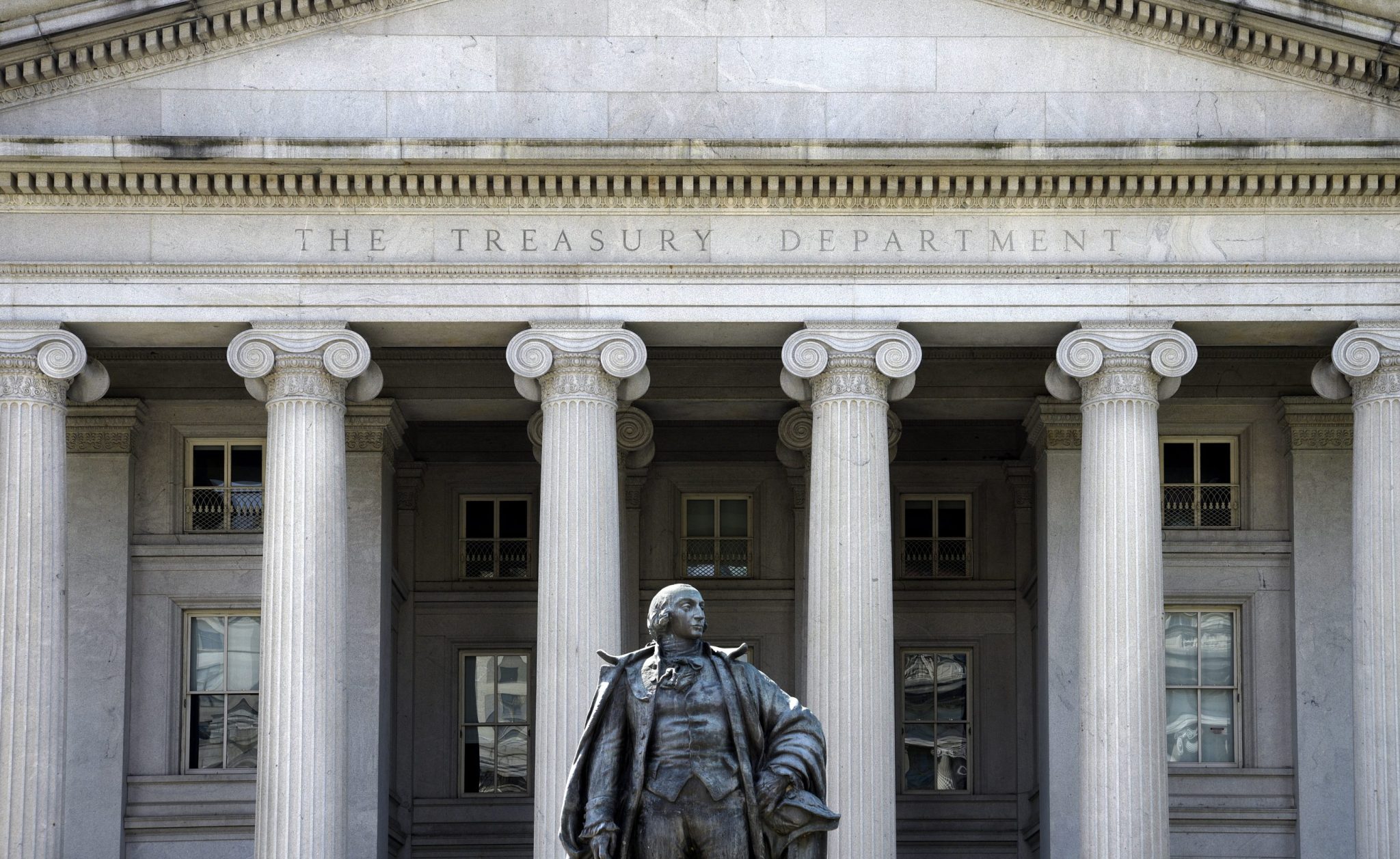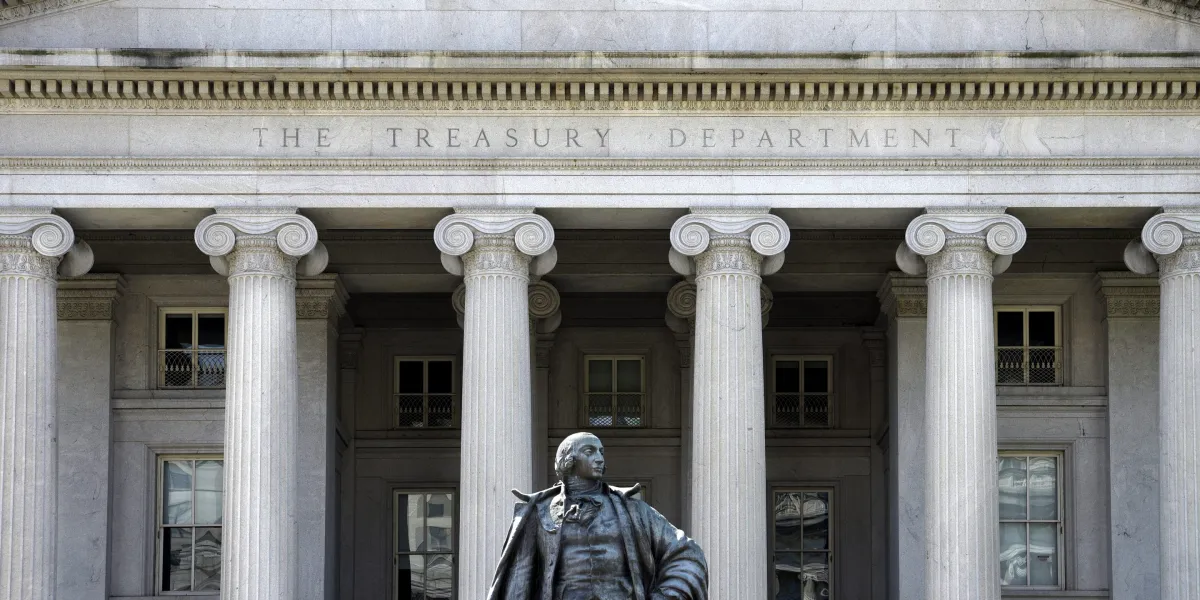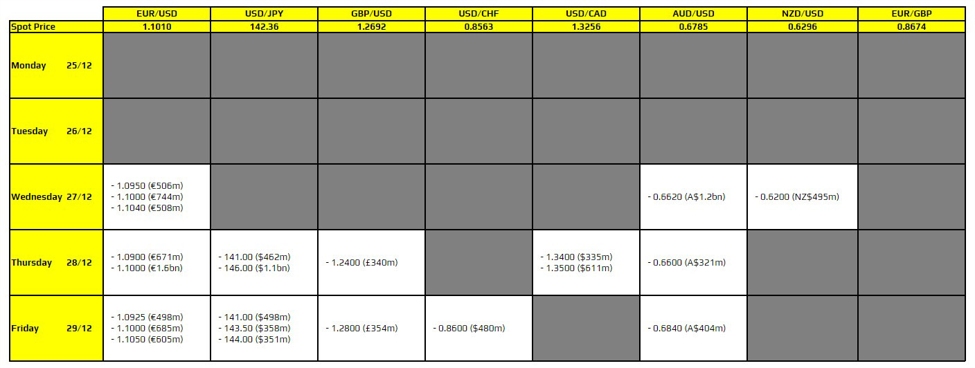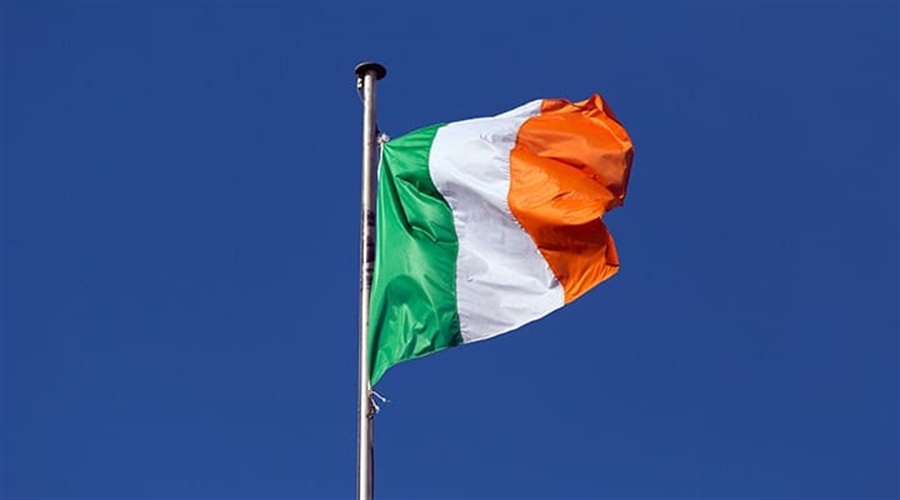
America’s debt burden has hit $38 trillion. In fact, at the time of writing, it is $19 billion over that mark. Economists are warning that spectators won’t have to wait long until debt hits the $39 trillion mark as the rate of debt accumulation is increasing with every passing day.
Experts across the economy have been warning for years that America’s fiscal trajectory is not stable. They point not to the volume of debt, but rather the levels the U.S. is adding to its debt obligations in relation to how quickly its economy is growing, known as the debt-to-GDP ratio. At present, that balance sits at around 125% according to Treasury data, but is expected to hit 156% by 2055 according to the Congressional Budget Office.
Moreover, economists and policy advisors are concerned by the approach politicians have taken to national debt, saying Washington is not pulling back its spending enough to begin rebalancing the books.
Even for the world’s biggest economy, the debt mountain that America has accumulated is eye-watering. The problem isn’t the $38 trillion itself. In fact, the trading of government debt is the basis of the bond market, a pillar of the global economy. Rather, it’s the interest being paid to service it. As of September the U.S. spent $1.21 trillion to maintain the debt— 17% of the total federal spending in fiscal year 2025. That interest rate is also increasing over time. Just a couple of years ago, in 2021, the rate of repayment by the U.S. government was, on average, 1.61%. Now it’s 3.36%.
The likes of JPMorgan CEO Jamie Dimon, Bridgewater Associates founder Ray Dalio and Citadel CEO Ken Griffin have all sounded the alarm from the private sector on government debt, and public committees are ramping up their warnings on Capitol Hill about the future of America’s finances.
In a statement shared with Fortune, Maya MacGuineas, president of the non-partisan Committee for a Responsible Federal Budget (CRFB) said: “It’s tough to decide what the most appalling part is of [this] announcement from the Treasury: that we surpassed an unprecedented $38 trillion in gross national debt; that we’ll likely hit the next milestone in just a matter of months; or that we are getting this news amid a government shutdown with seemingly no end in sight.”
MacGuineas added: “The reality is that we’re becoming distressingly numb to our own dysfunction … Policymakers have a choice: they can continue to abdicate the most basic responsibilities of budgeting, or they can finally confront the worsening fiscal situation before it’s too late.”
MacGuineas was echoed by Michael A. Peterson, CEO of the Peterson Foundation, which works to increase awareness of public finance responsibility, who said: “Adding trillion after trillion to the debt and budgeting-by-crisis is no way for a great nation like America to run its finances. Instead of letting the debt clock tick higher and higher, lawmakers should take advantage of the many responsible reforms that would put our nation on a stronger path for the future.”
Proposals to tackle the debt
Both Republican and Democratic administrations have added to borrowing.
The Trump administration has shown an awareness to the issue and a readiness to address it. Indeed, Dalio has said he has seen a “greater realization” from the current administration about the perils of America’s fiscal environment.
According to the Congressional Budget Office (CBO), President Trump’s One Big Beautiful Bill Act (OBBBA) will add $3.4 trillion to national debt by 2034. That number is the net of a decrease in spending of $1.1 trillion and a decrease in revenues of $4.5 trillion. The White House has repeatedly argued that the revenues expected to be generated by tariffs, estimated by the CBO at $3.3 trillion over the next decade, will effectively balance the books.
Trump has suggested some unusual methods to rebalance the books. For example, Trump has touted a “Gold Cards” plan, a visa policy which would charge rich immigrants $5 million for a green card “plus a route to citizenship.”
“A million cards would be worth $5 trillion, and if you sell 10 million of the cards that’s a total of $50 trillion. Well, we have $35 trillion in debt, so that would be nice,” Trump said.
He noted that he would have $15 trillion “left over” if he managed to sell 10 million cards, adding: “It may be earmarked for deficit reduction, but it actually could be more money than that.” While the math doesn’t necessarily add up (the majority of millionaires already live in the U.S., and the volume of foreigners with a net worth of at least $5 million may be harder to drum up) it nonetheless suggests a willingness to begin addressing the issue.
Indeed, while Trump’s tariff plans have proved unpopular with foreign governments, economists nonetheless welcome the “peculiar” methods to increase America’s income. As Wharton’s Professor Joao Gomes previously told Fortune: “You can also not deny that [Trump and his administration] bring strange forms of revenue that do change the debt picture.”















